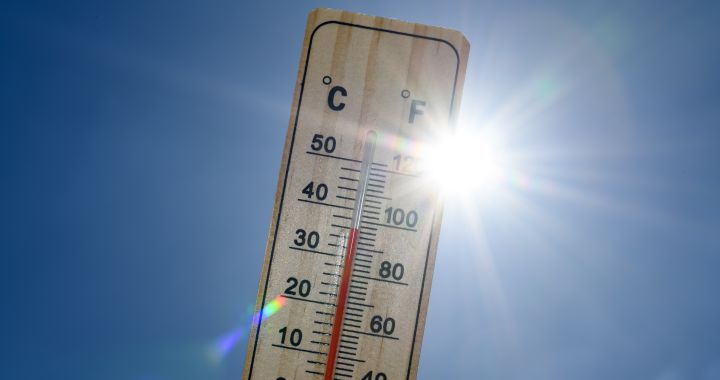We are in the middle of an episode as abnormal as it is worrying: this Wednesday, temperatures will be reached in a large part of the peninsular territory that seem more typical of the months of June or July than of April. In some parts of Spain, such as in the Guadalquivir Valley, Thermometers can exceed 35 degrees, turning cities like Cordoba or Seville into veritable frying pans.
Not all regions of Spain will suffer in the same way from the heat. According to the National Meteorological Agency (AEMET), some areas ofthe northern third of the peninsula as well as on the coast from Barcelona to Murcia, passing through the Balearic Islands, where temperatures can even drop slightly.
This situation not only translates into a threat to the health of populations: it also translates into an extremely high risk of the outbreak of the dreaded forest fires. A problem that has already made headlines despite being mid spring: so far this year they have burned more than 57,000 hectares in Spain, according to the European Forest Fire Information System (EFFIS).
Faced with this situation, there are those who remember that we are about to enter into the conditions established by the call rule of 30. A very particular situation that refers to three very clear factors: temperatures above 30 degrees, ambient humidity below 30% and wind gusts of more than 30 km/hour. According to experts, when these three factors are combined, it is much easier for a forest fire to break out.
The wind, the most dangerous
Of all these aspects to consider, the one that seems to play the most important role when it comes to fighting a fire is the wind. An example: from 196 large fires that occurred between 2007 and 2016, gusts of more than 30 km/h were present at 153, a large majority.
However, and despite the fact that the conditions established by the rule of 30 favor the declaration of a fire and complicate its extinction, the truth is that there are many other factors which are essential for its consequences to be devastating. The type of vegetation and the orography, for example, can cause a fire that initially seemed manageable to end up becoming a real nightmare and destroying thousands of hectares.
The data reflects this reality: of the large forest fires produced during the aforementioned decade, only 36.7% of them occurred. each parameter which are part of the rule of 30. That is to say: it is essential not to let your guard down despite the fact that these circumstances do not occur. Because fire is often as complex as it is unpredictable. And it has its own rules.

